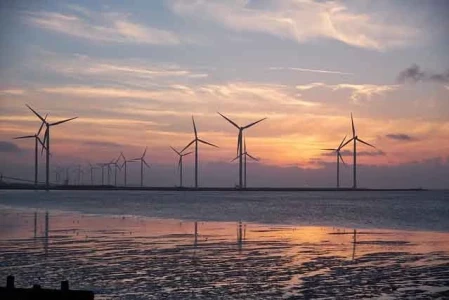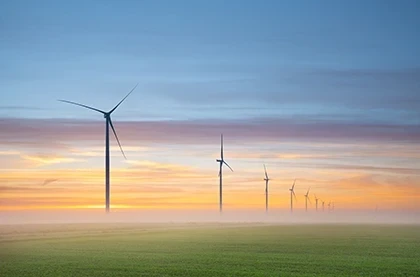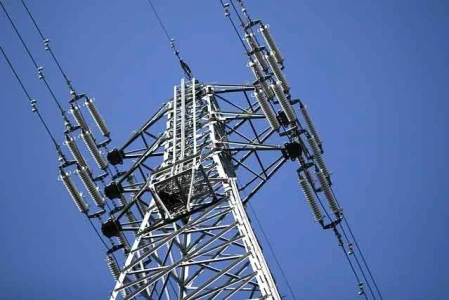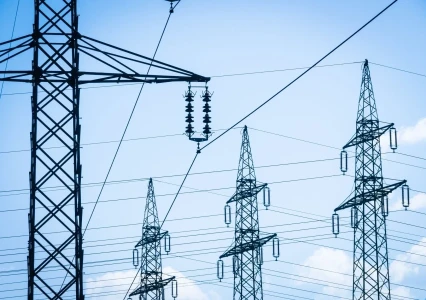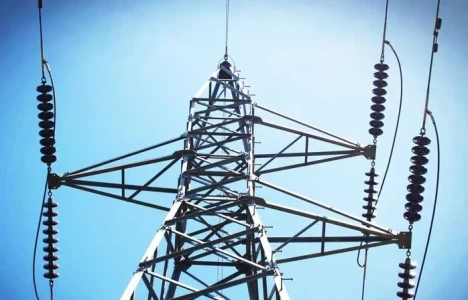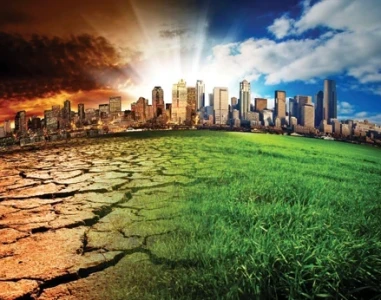Forest Fires: A Growing Threat to Carbon Absorption and Climate Stability

As the frequency and intensity of forest fires increase globally, researchers are sounding alarms about their profound impact on carbon absorption and climate stability. Recent studies reveal that these fires are not only destroying vast swathes of forest but are also significantly undermining the planet's ability to absorb carbon dioxide, exacerbating the climate crisis.
Forests play a crucial role in mitigating climate change by acting as carbon sinks. They absorb carbon dioxide (CO2) from the atmosphere through photosynthesis, helping to offset emissions from human activities. However, when forests burn, the carbon stored in trees is released back into the atmosphere, adding to the greenhouse gas concentrations that drive global warming.
Recent research highlights a concerning trend: the carbon released from forest fires now significantly outweighs the amount of carbon that forests can absorb. This shift is partly due to the increased frequency of fires, which not only destroys the trees but also hampers the recovery of forest ecosystems. Over time, the loss of mature forests, which are more efficient at absorbing CO2, leads to reduced carbon sequestration capacity.
A study published this week reveals that in the past decade, the amount of carbon released by wildfires has nearly doubled compared to the previous decades. This increase is attributed to several factors, including rising temperatures, prolonged droughts, and the accumulation of flammable vegetation due to changes in land management practices. The study underscores that forest fires are becoming a more significant source of CO2 emissions, compounding the challenges of meeting global climate targets.
Experts are concerned that this trend could have severe implications for climate stability. Forest fires are expected to become more frequent and intense as climate change progresses, creating a vicious cycle. Increased fires lead to higher CO2 emissions, which in turn drive further warming and more fires. This feedback loop threatens to undermine efforts to limit global temperature rise and mitigate the impacts of climate change.
Efforts to manage and reduce forest fires are critical in addressing this issue. Strategies such as controlled burns, forest thinning, and improved land management can help reduce the risk of catastrophic fires and promote healthier forest ecosystems. However, these measures require substantial investment and coordination among governments, landowners, and communities.
In addition to fire management, addressing the broader factors contributing to forest fire risk is essential. This includes tackling climate change by reducing greenhouse gas emissions, which can help mitigate the conditions that lead to more frequent and severe fires. Policy measures that promote sustainable land use and forest conservation are also crucial for maintaining the carbon sequestration capacity of forests.
The current situation underscores the urgent need for integrated climate strategies that address both mitigation and adaptation. While efforts to reduce emissions are vital, they must be complemented by actions that enhance the resilience of forest ecosystems and support their role as carbon sinks.
As the global community grapples with the implications of increasing forest fires, the focus must be on developing and implementing comprehensive solutions that protect forests, support recovery, and address the root causes of climate change. Only through concerted and sustained action can we hope to stabilize our climate and preserve the vital role forests play in our planet’s health.

